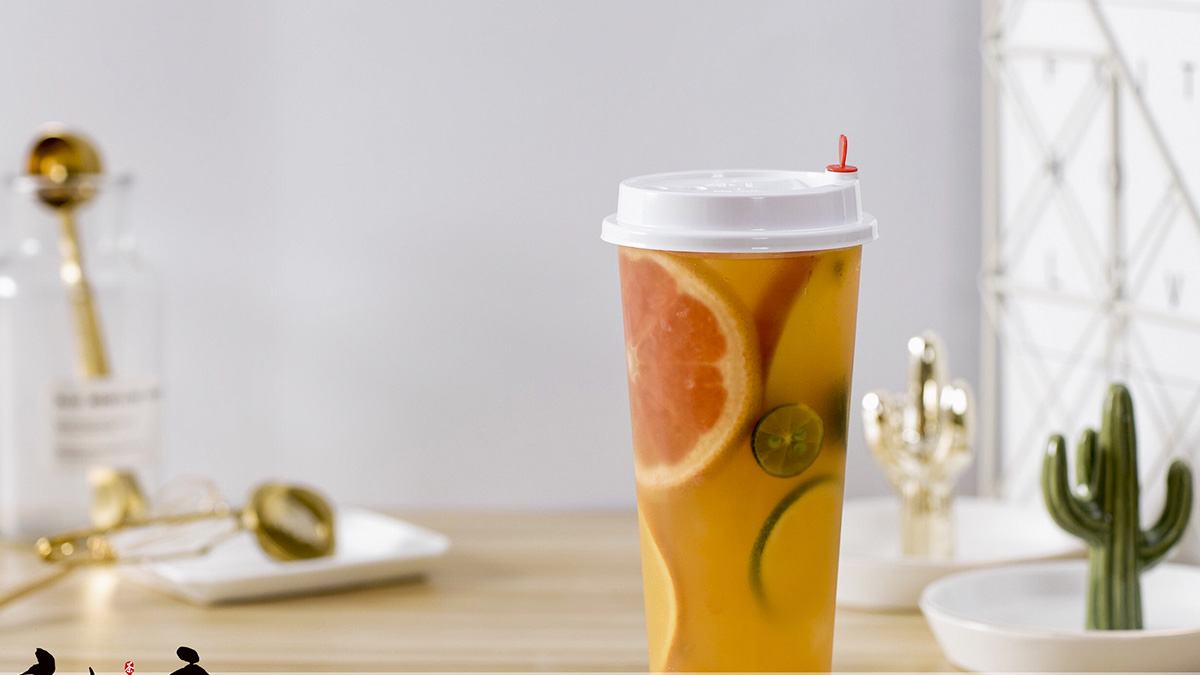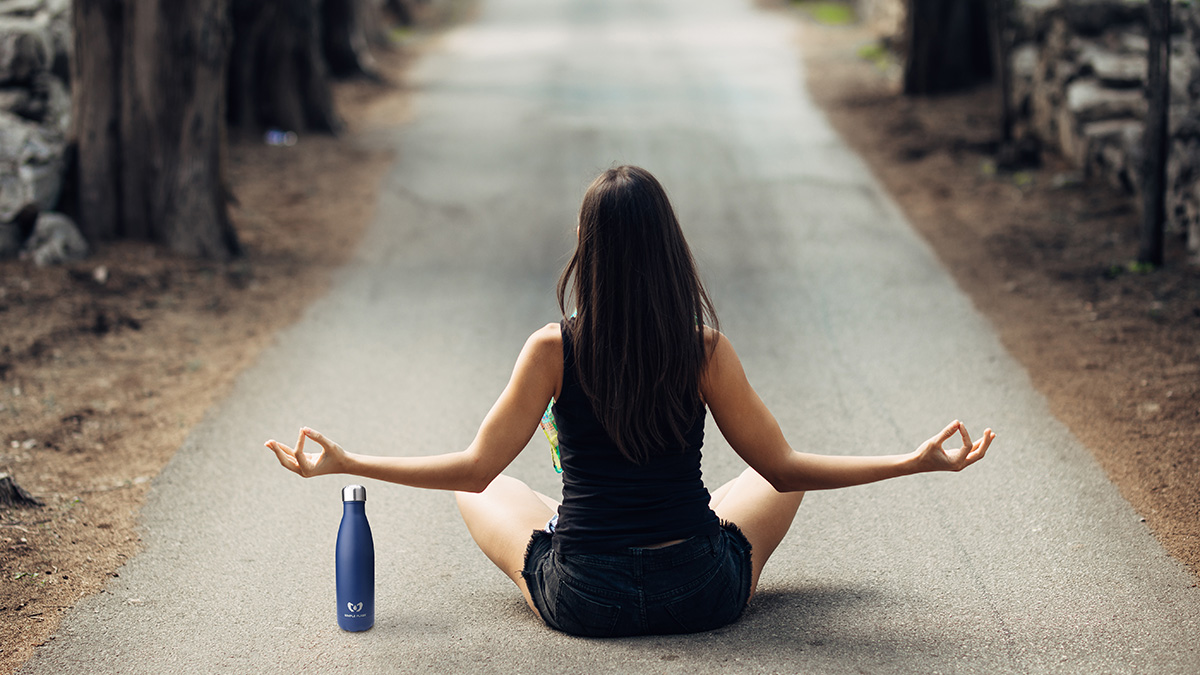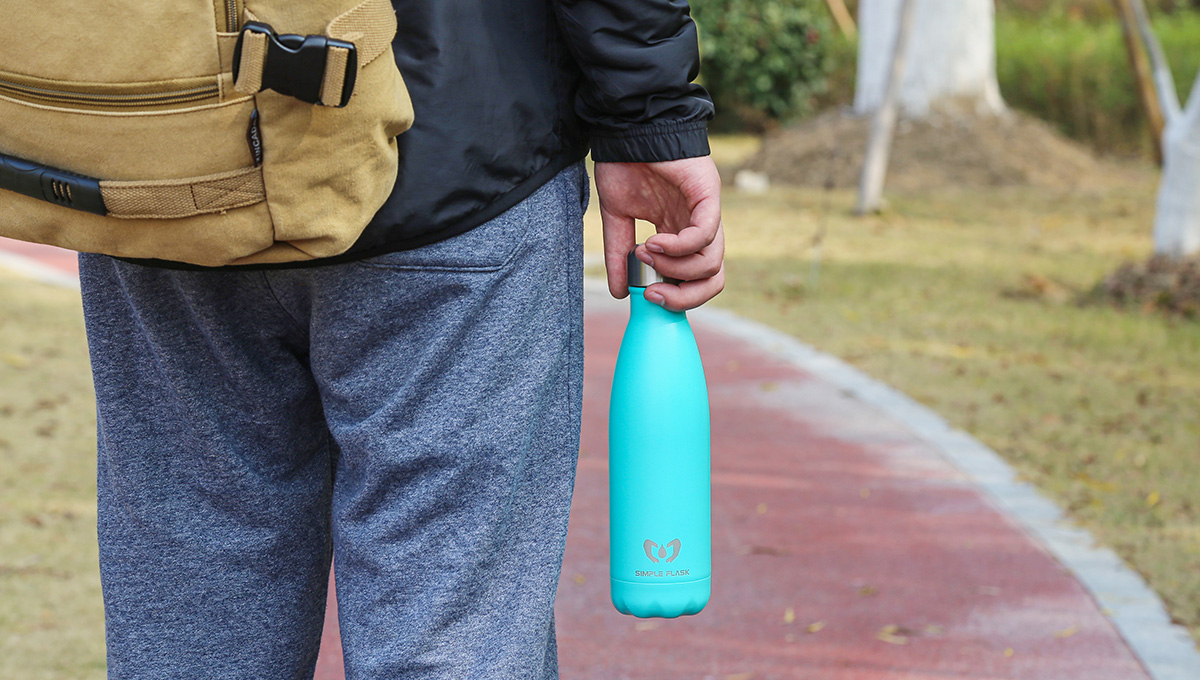Orange juice is a common beverage in our daily life. With sweet-sour taste and many nutrients, it is very popular with everyone. Especially in summer, a cup of iced orange juice is a great choice to quench your thirst and refresh your body. But if the orange juice is mixed with some pieces of orange peel, you should never drink it out of a plastic cup.
Usually, many types of fresh fruit juice are mixed with one or two pieces of orange or lemon peel, or any other citrus peels. To drink this kind of juice, please remember that don’t use a plastic cup in consideration of your health. It is best to use a glass or stainless steel water cup. In this article, we present 3 experiments to show you the reason.
Key Concepts:
Limonene, Polystyrene, and Natural Rubber
Materials and Equipment for experiments: Citrus peels,such as the peels of orange, tangerine, or lemon, candles, balloon, disposable lunch box or plastic cup
The 1st Experiment:
How Citrus Peels Dissolve the Plastic Container?
This is a very easy experiment. We just squeezed some juice from the orange peel into a plastic cup and waited for some time to see if the plastic container can be melted.

melted / corroded coffee cup

melted / corroded polystyrene
Leading Factor:
Many citrus peels, like the peels of orange and tangerine, contain a considerable amount of limonene, which is a kind of fragrant and oily organic substance. Limonene is also a solvent for dissolving polystyrene (also called styrofoam) widely used in many plastic products, like disposable take-away boxes and plastic cups. Notably, most milk tea shops are using polystyrene cups. If a mixture of juice and some pieces of citrus peels is poured into such cups, the polystyrene contained in the cup will be melted into the juice, and that means those who are drinking the juice will also drink “polystyrene”.
In the pictures below, there are some disposable plastic containers used for storing seasoner. We can see that they are dissolved by the powder made from orange peels.
The 2nd Experiment:
Popping a Balloon with the Orange Peel Juice
Place the inflated balloons on the table one by one, and squeeze the orange peel or other citrus peel juice onto the surface of the balloon, as shown in the picture below. Then you will see the balloon burst instantly.
video of popping a balloon with the orange peel
Leading Factor:
The balloon is made from natural rubber, which contains polystyrene. So when the balloon meets the limonene from the citrus peel juice, it can be dissolved, leading to its explosion.
Since natural rubber is easily dissolved by solvents such as limonene, it is generally vulcanized to increase the strength of the rubber. Thus, this experiment also proved that the material of the balloon is natural rubber, not vulcanized rubber.
The 3rd Experiment:
Orange Peel Juice and Candle Flame
In this experiment, we first lighted a candle and sprayed out some orange peel juice onto the flame. Then the peel juice resulted in a kind of dazzling flame, see the picture below:
Leading Factor:
Limonene is flammable, so it will have a dazzling effect when you spray the orange peel juice (which contains limonene) into the burning candles.

flammable lemonene
Leading Factor:
Limonene is flammable, so it will have a dazzling effect when you spray the orange peel juice (which contains limonene) into the burning candles.
The Detrimental Influence that Dissolved Polystyrene Plastic Imposes on Our Health
Some macromolecules, like polystyrene, polyethylene and polypropylene, are not toxic, but the residual monomers and additives in them are very toxic.
Residual monomers are unavoidable in the synthesis of any polymer. The only difference is that the amount of residual monomers can be large or small among the different polymers. Therefore, we should be careful with some polymers with toxic monomers. For example, the performance of polyurethane is so excellent, but it is rarely used to pack food. The main reason is that isocyanate is poisonous. When it comes to the plastic that has been criticized for the monomer problem, PC and the bisphenol A are worth noting. Polystyrene has also been questioned due to the problem of monomer residues. Its monomer is styrene, which has a certain degree of toxicity. The carcinogen is classified as 2B, which means it may be carcinogen; so from this perspective, try to avoid it as much as possible.
In addition, polystyrene plastics need some plastic additives to improve its performance, but there is no guarantee that these additives are not toxic. Also, the reuse of waste plastics makes the plastic cups more likely to be toxic.

What are the uses of used plastic cups? How to deal with used plastic cups? Disposable lunch boxes and plastic cups are one of the culprits of the “white pollution” because they are difficult to biodegrade. The discarded polystyrene cannot enter the biogeochemical cycle through biological decomposition and photolysis. Due to its low specific gravity, expanded polystyrene (styrofoam) floats on the water or drifts with the wind, causing subjective landscape damage. According to the investigation of California Coastal Commission, polystyrene has been the main marine drift. And it imposes a great threat to the marine life.
To sum up, we should never drink the juice mixed with some pieces of citrus peel from a plastic cup due to the two reasons, including harmful influence on our health and environmental pollution.
If you have any suggestions related to healthy hydration, please don’t hesitate to contact us. We are always here to support you.
Don’t forget, you can earn points and bucks by sharing on social media!




